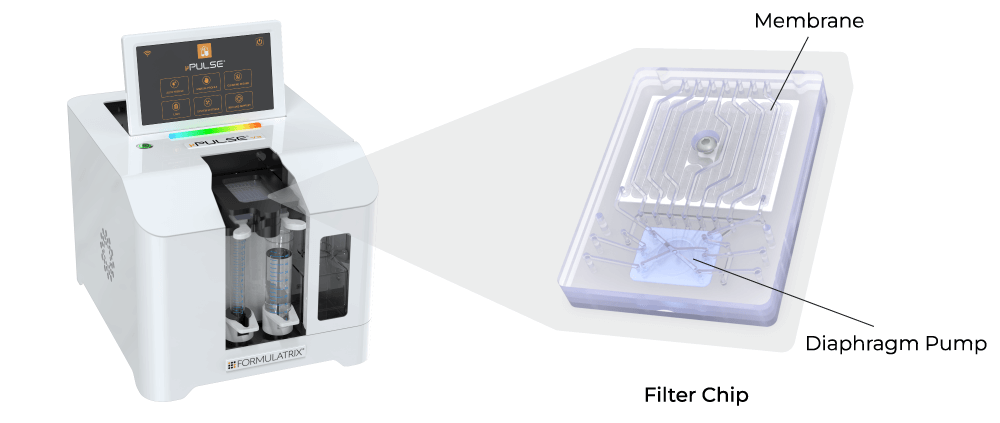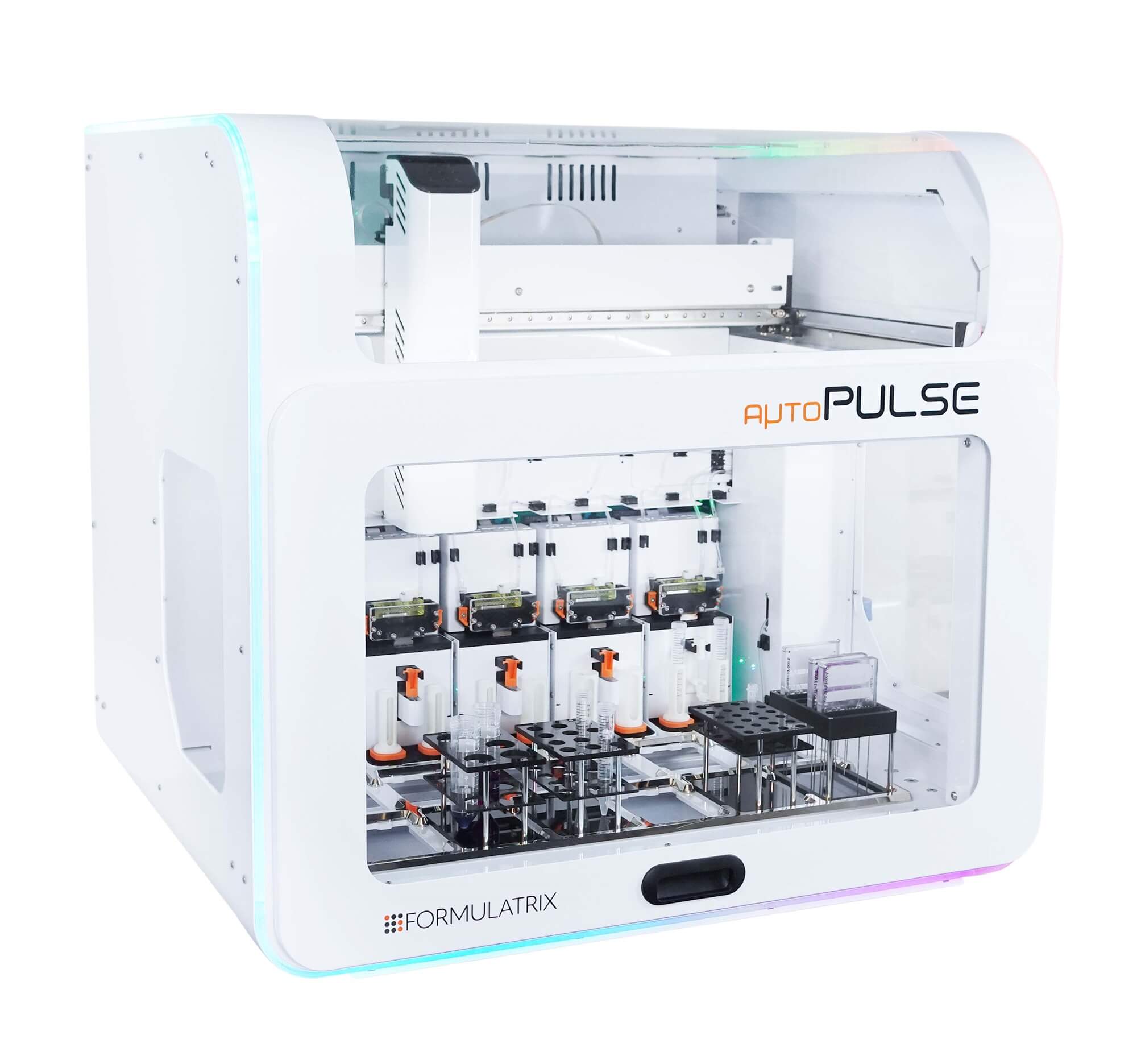Harvesting is a pivotal phase in bioprocessing, involving the isolation and concentration of the target biomolecules/cells from a production/culture medium. It ensures the effective recovery while maintaining high concentration, thus optimizing the downstream purification steps and overall process efficiency. This process significantly influences the overall yield, purity, and quality of the final product, making it a critical determinant of successful biomanufacturing.
Cell harvesting workflows typically involve two key operations: concentration and diafiltration. Concentration is employed to increase the density of the target cells, making it easier to handle and process in subsequent stages. Diafiltration, on the other hand, is used to exchange the buffer environment of the product, which is essential for maintaining cell stability and facilitating downstream applications. Together, these operations streamline the harvesting process, ensuring that the cells remain in the optimal state for subsequent steps.
Harvesting in cell-based workflows
The selection of an appropriate harvesting method is guided by several critical factors. Gentleness is paramount to minimize shear stress and preserve the structural integrity of cells. Yield is another crucial consideration, as maximizing the recovery of the target product directly correlates with the efficiency and cost-effectiveness of the bioprocess. Scalability is essential to ensure that the chosen method can be scaled from laboratory to industrial production without loss of efficiency or product quality. Time efficiency is vital in reducing the overall processing time, thereby enhancing productivity. Cost efficiency is also a key factor, as it ensures that the operational expenses are kept in check while delivering high-quality outputs. These considerations collectively guide the selection of the most suitable harvesting method, balancing performance, and economic viability.
| Considerations | Centrifugation | Dead-End Filtration | Tangential Flow Filtration |
|---|---|---|---|
| Cell Yield | ✔ | ✔ | ✔ |
| Cell Viability | ✔ | ✔ | ✔ |
| Time Efficiency | ✔ | ||
| Scalability | ✔ |
Table. Comparison of techniques used for cell harvesting
On a lab-scale, centrifugation and dead-end filtration (DEF) are the conventional, cost-effective methods for cell harvesting but are often limited by low yields. Achieving higher yields requires high speeds or prolonged centrifugation, which can damage the cells, induce stress, and increase the harvesting time. Comparatively, tangential flow filtration (TFF) provides gentle processing conditions for shear sensitive cells, thus ensuring high cell yield and viability. However, conventional TFF systems come with drawbacks such as large footprints, high hold-up volumes, and labor-intensive operation, making them inefficient for lab-scale workflows.
Therefore, the introduction of a lab-scale TFF system addresses the need for process development and optimization, thus serving as a critical bridge between research and industrial application.
Harvesting Using the µPulse - TFF System
The Formulatrix µPulse® is an automated and miniaturized TFF system explicitly designed for lab-scale applications. It is well suited for harvesting cells, cell lysates, extracellular vesicles, and secretory products while ensuring high product yields and quality. The entire fluid path is miniaturized on the filter chip by combining our patented microfluidic pumping technology with the TFF. This has reduced the hold-up volume to just 0.65 mL, ensuring maximum hold-up recovery.
Its customizable settings, including adjustable pressures and pump parameters, provide a gentle yet highly efficient process for biomolecules and cell harvesting. The filter chips are available with modified polyethersulfone (mPES) and regenerated cellulose (RC) membranes that exhibit low fouling characteristics and are compatible with various sample types. Furthermore, it processes samples 4x faster than the dead-end centrifugal units and in a walk-away approach.
High-Throughput Harvesting with the aµtoPulse - TFF System
The aµtoPulse® is a fully automated, high-throughput TFF system with the world’s lowest hold-up volume of just 250 µL. It processes up to 54 samples per run, with up to 4 samples in parallel. Designed for flexibility, it handles starting volumes between 0.5 mL to 100 mL and can concentrate samples down to 250 µL with ±25 µL precision. The system supports up to four external buffer inputs or on-deck conical tubes, enabling automated multi-buffer diafiltration.
The advanced chip design with dual pumps delivers permeate flow rates up to 1.7x faster than the µPulse while minimizing shear for harvesting cells, exosomes and other fragile samples. The chips are available with mPES (5–300 kDa) and RC (5–100 kDa) membranes, ensuring compatibility with a wide range of samples.
Each station offers independent regulation and monitoring of transmembrane pressure (0–32 psi), giving users full control over process gentleness and efficiency. The intuitive, browser-based software enables remote protocol setup, monitoring, and control, with secure data management compliant with 21 CFR Part 11 for GMP environments.
Webinars
Streamline the gentle harvesting of mammalian cells using µPulse while ensuring high yields and cell viability.

Explore the ease of use and cost-effectiveness of µPulse for processing VLPs and other macromolecules compared to dead-end units.



